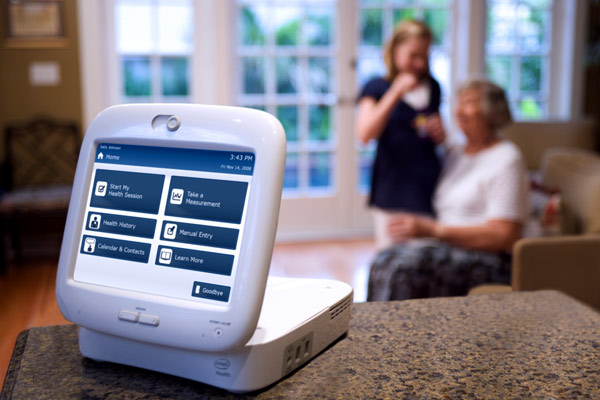
Home telemonitoring of heart failure an effective intervention

Author: Kate McDonald
Published By: Pulse I.T
Published On: 17 November 2015
A Cochrane review has found that structured telephone support and non-invasive telemonitoring of people with heart failure living at home can reduce mortality and hospitalisations, can improve quality of life and is well accepted by patients.
The review, led by Sally Inglis, an associate professor at the Centre for Cardiovascular and Chronic Care at the University of Technology Sydney (UTS), looked at 41 studies of either structured telephone support or non-invasive home telemonitoring for people with heart failure, of which 17 were new and 24 had been included in the previous Cochrane review.
Two of the studies trialled both interventions so there were 43 comparisons in total. All randomised control trials (RCT), they involved 9332 patients for structured telephone support and 3860 for telemonitoring.
The results were good, with non-invasive telemonitoring reducing mortality by 20 per cent and heart failure-related hospitalisations by 29 per cent relative to usual care. Structured telephone support reduce all-cause mortality by 13 per cent and heart failure-related admissions by 15 per cent.
Neither intervention demonstrated effectiveness in reducing the risk of all-cause hospitalisations but there were good figures from the small number that measured quality of life and length of stay. There were variable numbers on cost effectiveness.
Adherence was rated between 55 per cent and 98.5 per cent, and participant acceptance of the intervention was reported in the range of 76 per cent to 97 per cent for studies that evaluated this outcome.
The reviewers said it was important to do the review – which followed one done in 2010 – because new trials of remote monitoring interventions have been continually commissioned and published.
“Results from earlier systematic reviews and meta-analyses ... supported the beneficial effect of non-invasive home telemonitoring or structured telephone support” for heart failure-related programs, they write.
“However several large trials of remote monitoring interventions have since been published, and some have shown a lack of clinical benefit.”
Projects such as the UK's huge Whole System Demonstrator project also showed a lack of cost-effectiveness on certain measures, although there were some good clinical outcomes.
It was also important to do the review in the context of limited health funding and a rapidly expanding population of older people, they write.
“Multidisciplinary specialist heart failure clinics are available only to a minority of people and do not have the capacity for frequent patient review. Patients may be unwilling or unable to make frequent clinic attendance due to cost, difficulty with transport or disability and frailty.
“Structured telephone support and telemonitoring can provide specialised heart failure care to a large number of people with limited access to healthcare services.”
They conclude that the review demonstrates that supporting people with heart failure at home using IT can reduce rates of death and hospital admissions from heart failure. It can also improve people's quality of life and knowledge about heart failure and self care.
“Most patients, even those who are elderly, learn to use the technology easily and are satisfied with these interventions,” they write.
The technology used in the trials ranged from simple telephone calls to video conferencing to interactive voice response (IVR) and computer-assisted telephone interviewing (CATI), as well as more complex clinical telemonitoring involving automatic transmission of physiological data from measuring devices to a central server.
You can view the original article via Pulse I.T's website;
Posted on 17 / 11 / 2015
· Research
· Home
· Rehabilitation
· Self-management
· Telecare
· Telehealth
Comments
Related Resource
by TagRelated Resource
by Category
Category : ResearchHow Playing 3D Video Games Could Help Boost Memory |